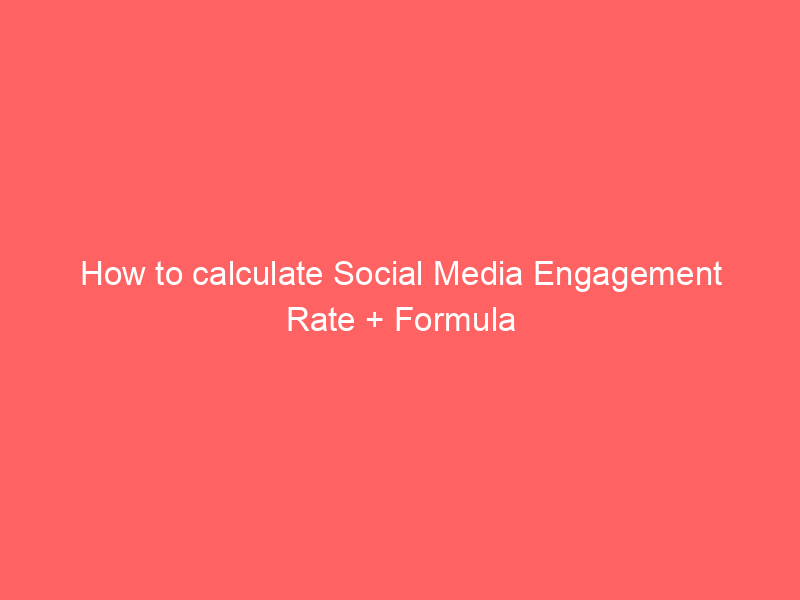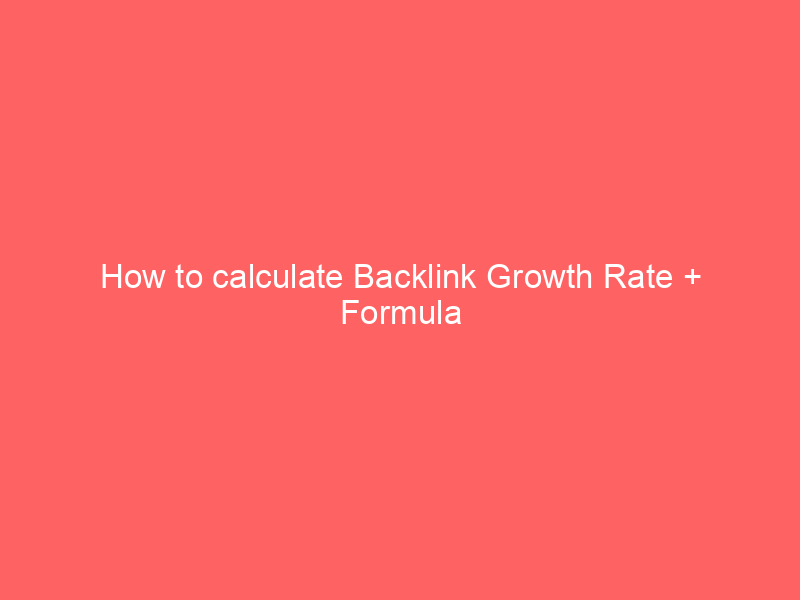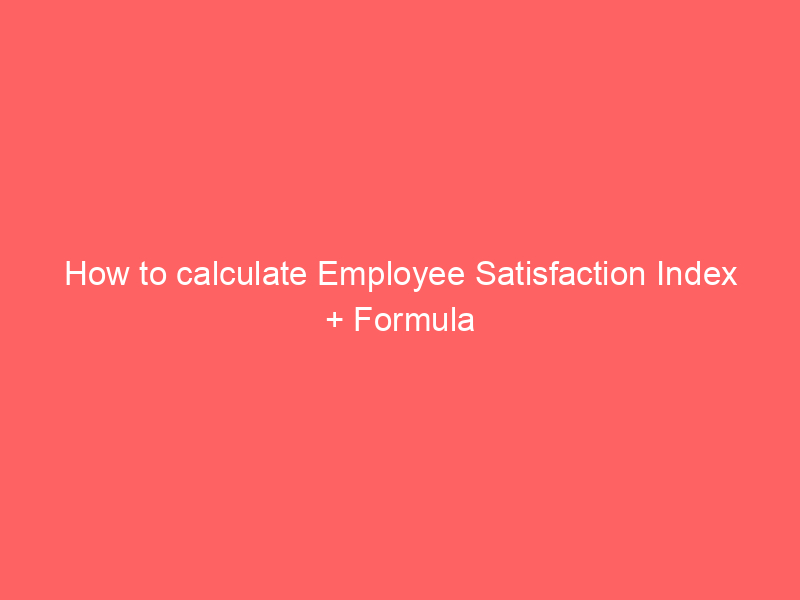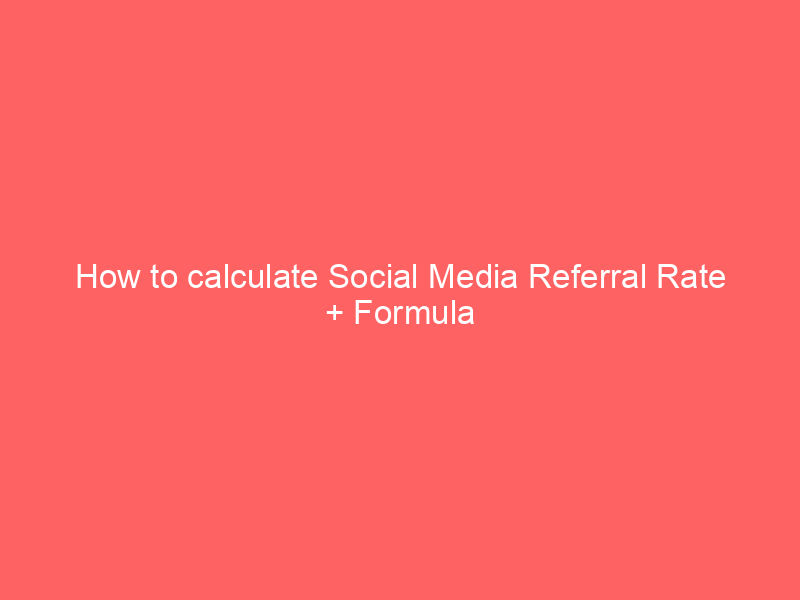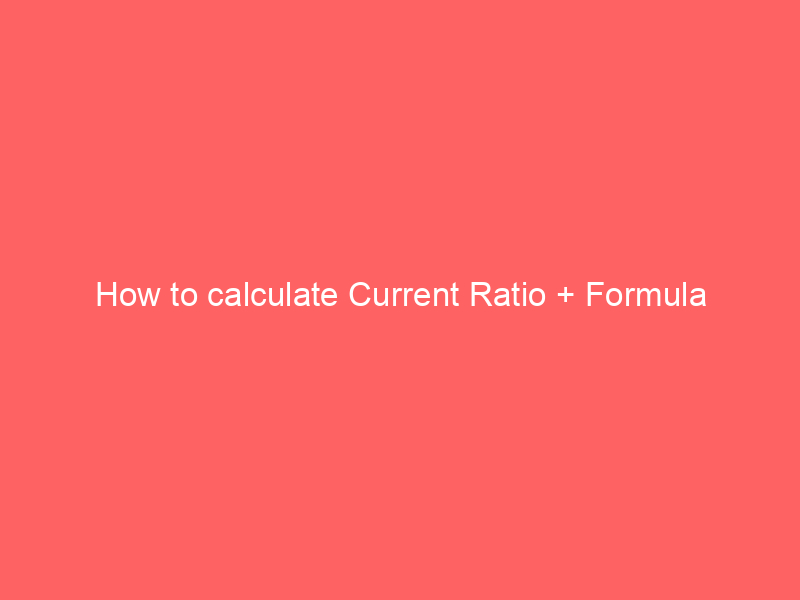Imagine you have a favorite brand that you absolutely love. Now think about how you feel when you interact with that brand – do you feel happy, excited, or satisfied? This emotional response is what we call brand sentiment, and understanding it is crucial for businesses in the digital age.
Understanding the Core Concept
Brand sentiment is the emotional connection that consumers have with a particular brand. It can be positive, neutral, or negative and is often measured using a Brand Sentiment Score. This score helps businesses gauge how customers perceive their brand, allowing them to make informed decisions to enhance their brand reputation.
Formula
Real-World Example
Let’s say a company has received 100 mentions on social media – 60 positive, 30 neutral, and 10 negative. To calculate the Brand Sentiment Score, we would subtract the number of negative mentions from positive mentions and divide by the total mentions:
“Brand Sentiment Score = (60 positive – 10 negative) / 100 total = 0.5 or 50%”
Real-World Applications
Understanding your Brand Sentiment Score can help you identify areas for improvement in your product or service, track customer satisfaction levels, and tailor your marketing strategies to resonate with your target audience better.
Actionable Steps
- Monitor social media platforms and review sites for mentions of your brand.
- Use sentiment analysis tools to categorize mentions as positive, neutral, or negative.
- Calculate your Brand Sentiment Score regularly to track changes and adjust your strategies accordingly.
Key Takeaways
- Brand Sentiment Score measures the emotional connection consumers have with a brand.
- It helps businesses understand customer perception and make data-driven decisions.
- Regularly monitoring and improving Brand Sentiment Score can lead to increased brand loyalty and customer retention.
Related Terms
- Brand Reputation
- Customer Satisfaction
- Sentiment Analysis
Common Mistakes to Avoid
- Ignoring negative feedback and only focusing on positive sentiment.
- Not interpreting the context of mentions correctly, leading to skewed results.
- Relying solely on automated sentiment analysis tools without human verification.
Common Myths Debunked
- Myth: Brand Sentiment Score is not essential in digital marketing.
- Myth: A high Brand Sentiment Score guarantees business success.
- Myth: Brand sentiment is solely based on customer reviews.
5+ FAQs
What is Brand Sentiment Score?
Brand Sentiment Score measures the emotional connection consumers have with a brand based on positive, neutral, and negative mentions.
How is Brand Sentiment Score calculated?
Brand Sentiment Score = (Number of Positive Mentions – Number of Negative Mentions) / Total Mentions.
Why is Brand Sentiment Score important?
Understanding Brand Sentiment Score helps businesses gauge customer perception, make informed decisions, and improve brand reputation.
Can Brand Sentiment Score be improved?
Yes, by analyzing feedback, addressing customer concerns, and implementing strategies to enhance brand sentiment.
Where can I find a free Brand Sentiment Score calculator?
You can find free calculators online or use tools like social media monitoring platforms to calculate your Brand Sentiment Score.
How often should Brand Sentiment Score be measured?
It is advisable to measure Brand Sentiment Score regularly to track changes, identify trends, and optimize marketing efforts.
Do you want to improve your Brand Sentiment Score and boost customer loyalty? Contact us today to learn how we can help you enhance your brand reputation. Reach out via email or phone for personalized assistance.


